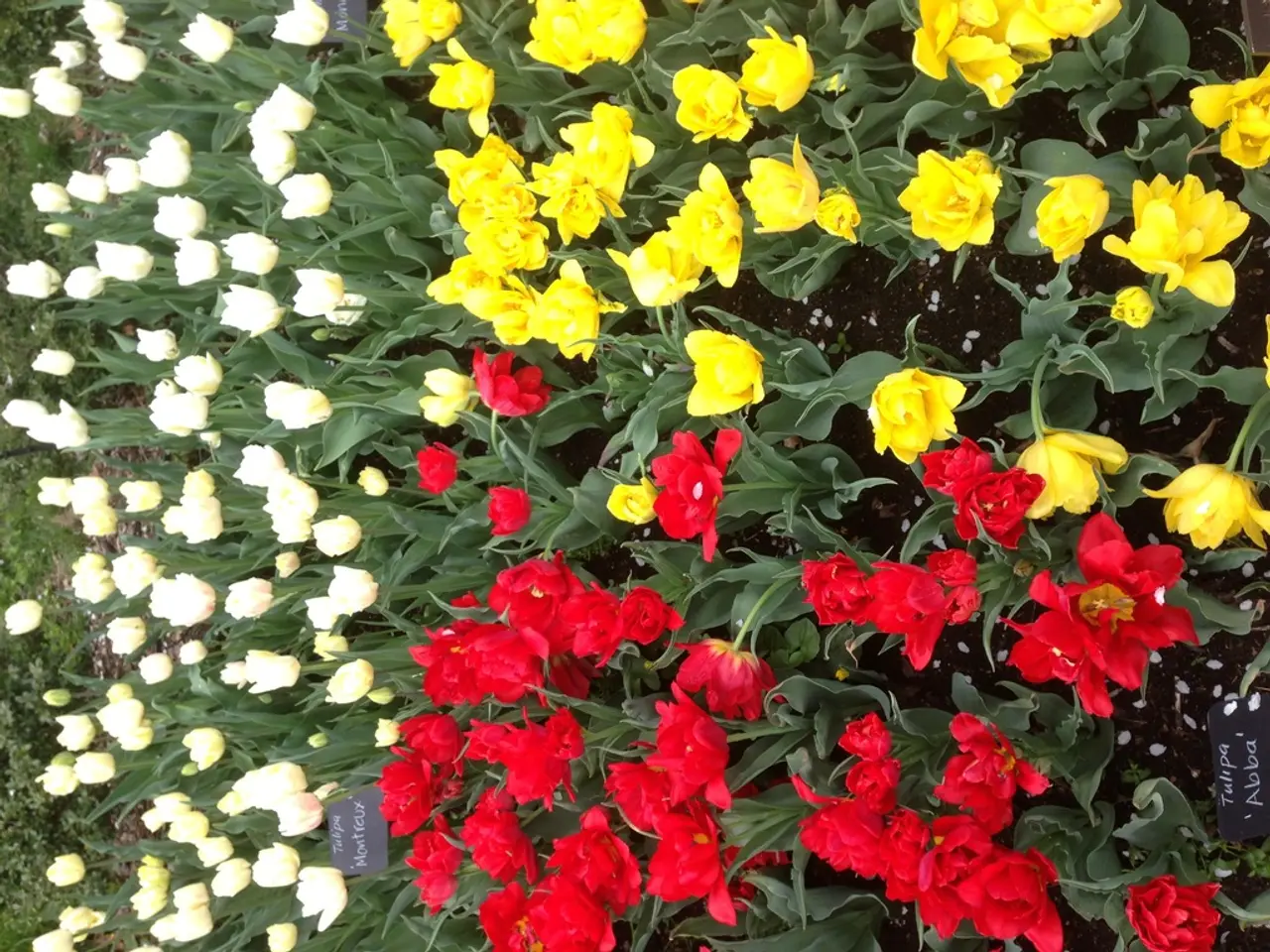Artists of the Florilegium Society at Chelsea Physic Garden meticulously spend up to three days painting a single leaf, showcasing their extraordinary dedication.
The Chelsea Physic Garden Florilegium Society: Preserving Botanical Heritage Through Art
The Chelsea Physic Garden, a historic London landmark, is home to an array of approximately 5,000 specimen plants, prized for their medicinal and useful qualities. One of the garden's most unique features is the Chelsea Physic Garden Florilegium Society (CPGFS), an association of top botanical illustrators.
Established in 1995 by Margaret King, the CPGFS celebrates its 30th anniversary this year. The society's mission is to create a comprehensive visual record of all the plants in the Chelsea Physic Garden. Founded to keep botanical illustration alive, the CPGFS nurtures a special sense of camaraderie and purpose.
Members of the Florilegium Society, such as Susannah Blaxill, Susie Freeman, and Gillian Barlow, are based across the UK. Their work requires creative methods for transporting plant cuttings home safely. Each botanical illustration can take several days to complete, with the use of microscopes and magnifying glasses for precision.
The process involves painting the selected plant at different stages of its annual cycle, ensuring a detailed visual record that aids in plant identification, conservation, and the celebration of botanical diversity within the historic Chelsea Physic Garden.
Botanical illustration was the primary means of identifying plants before the invention of photography. Today, it still holds an important place in botany, with illustrations being produced exactly to scale, with accurate colors, and recording all stages and parts of the plant.
The finished botanical illustration is a work of art, recognized internationally for its scientific accuracy and artistic merit. The society selects one plant each year to paint, with the finished piece being donated to the Chelsea Physic Garden. The illustration is then used to raise funds by licensing the image for use on products like greeting cards.
Notable members of the society have contributed to significant projects, such as Mary Ellen Taylor, who has worked on a painting of a magnolia tree for three years, waiting for a rare seed pod, and Andrew Brown, who has contributed artwork to The Highgrove Florilegium.
The solitary nature of botanical illustration can sometimes lead to a lonely life for the artists. However, the camaraderie within the CPGFS provides a supportive community for these talented individuals.
The Chelsea Physic Garden, which has been in operation since 1673, offers an annual membership that grants access to the garden an hour before it opens to the general public. The garden's history, dating back over 350 years, is a testament to the importance of preserving botanical knowledge and diversity.
During the Age of Exploration, botanical illustration was highly valued, as it allowed for the accurate recording of exotic specimens collected by botanists. The Chelsea Physic Garden Florilegium Society continues this tradition, linking scientific botanical knowledge with art, enhancing both the preservation and public appreciation of plant species.
The Chelsea Physic Garden Florilegium Society, in addition to preserving botanical heritage through art, also fosters a sense of camaraderie among its members. This camaraderie helps to combat the solitary nature often associated with botanical illustration.
The society's mission extends beyond the garden, as finished illustrations are used to create products like greeting cards, contributing to fundraising efforts.
In the realm of fashion-and-beauty and home-and-garden enthusiasts, botanical illustrations serve as striking pieces, showcasing the intricate details of plants drawn accurately to scale, offering a blend of art and botany.





